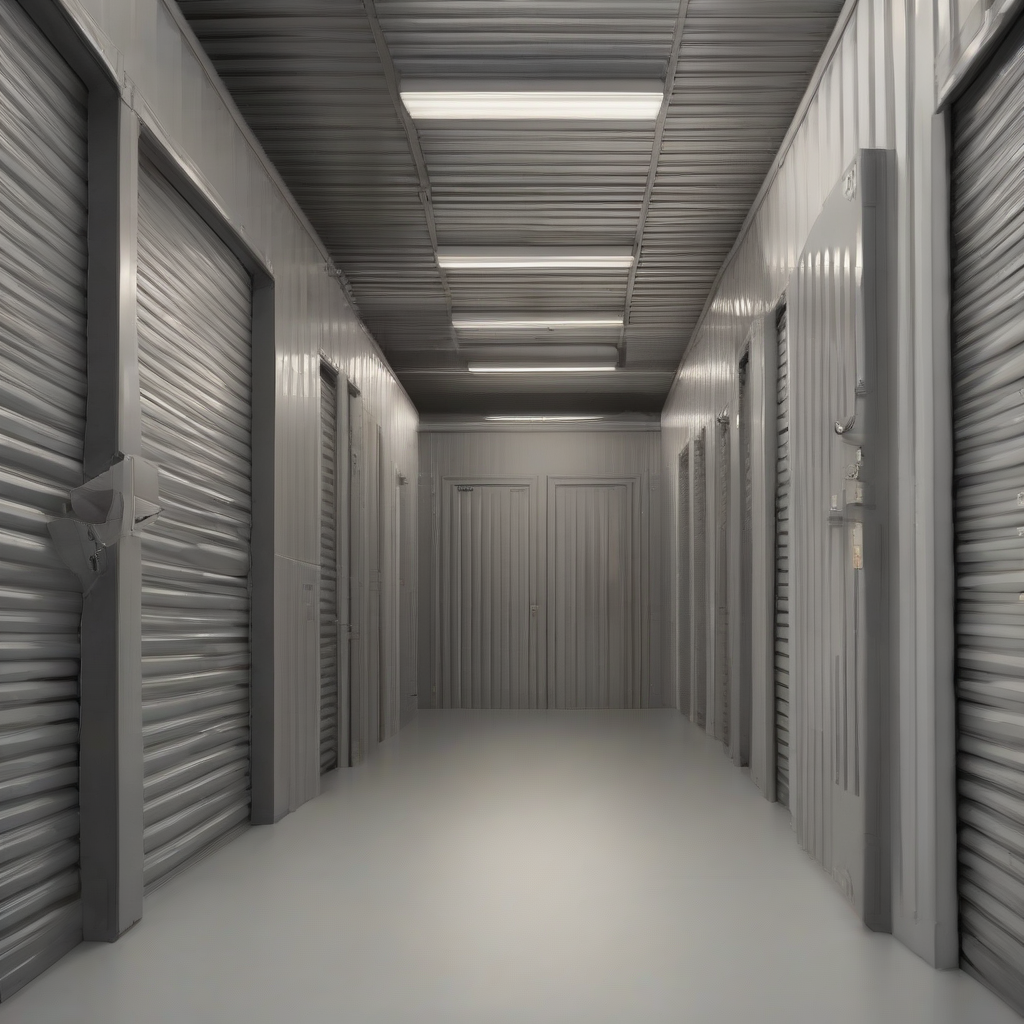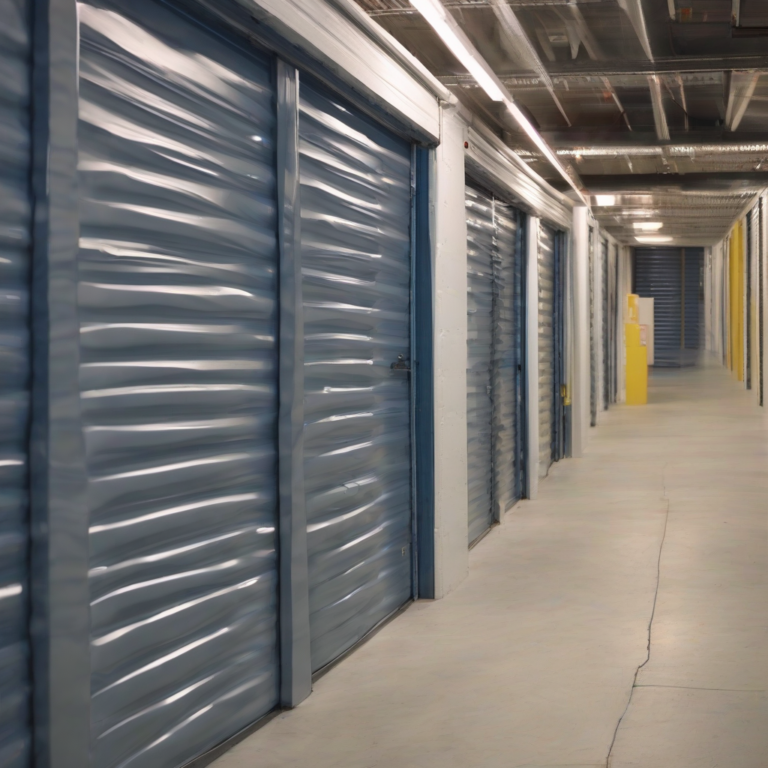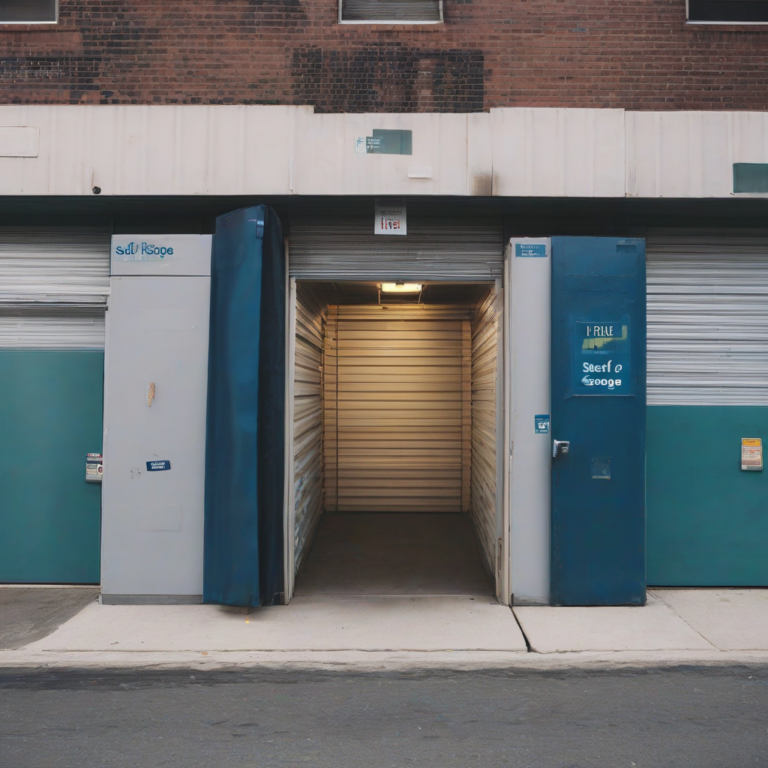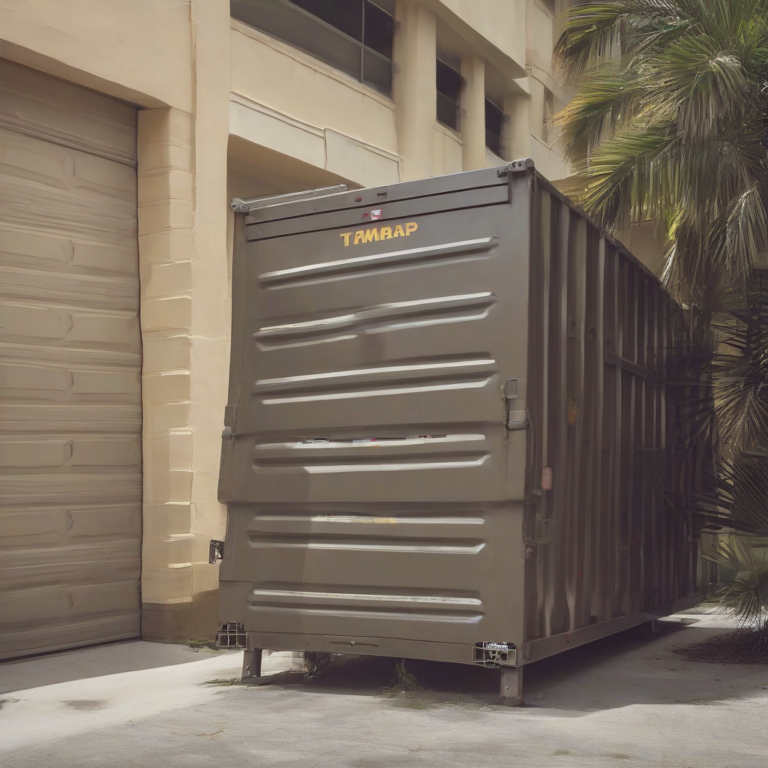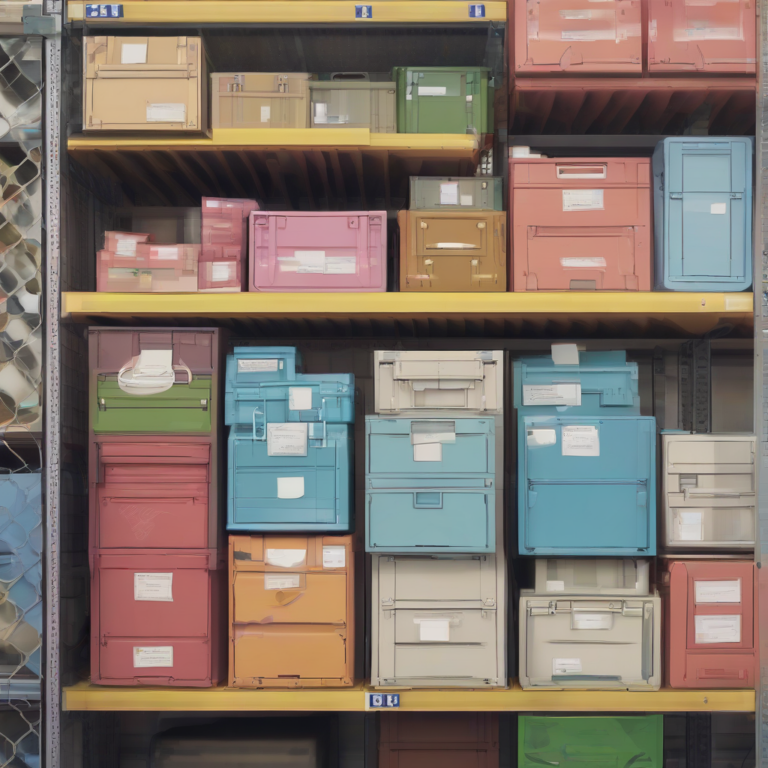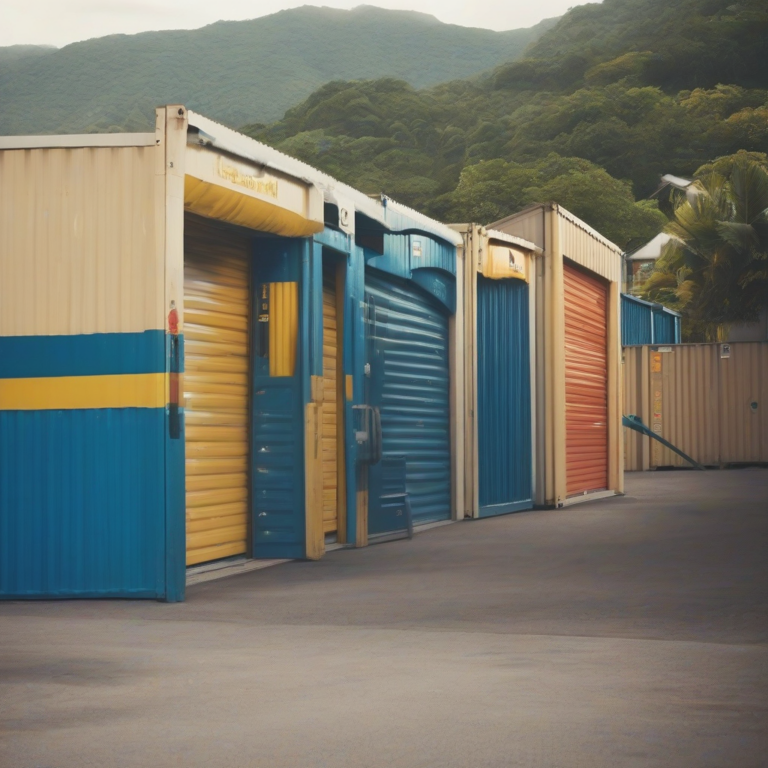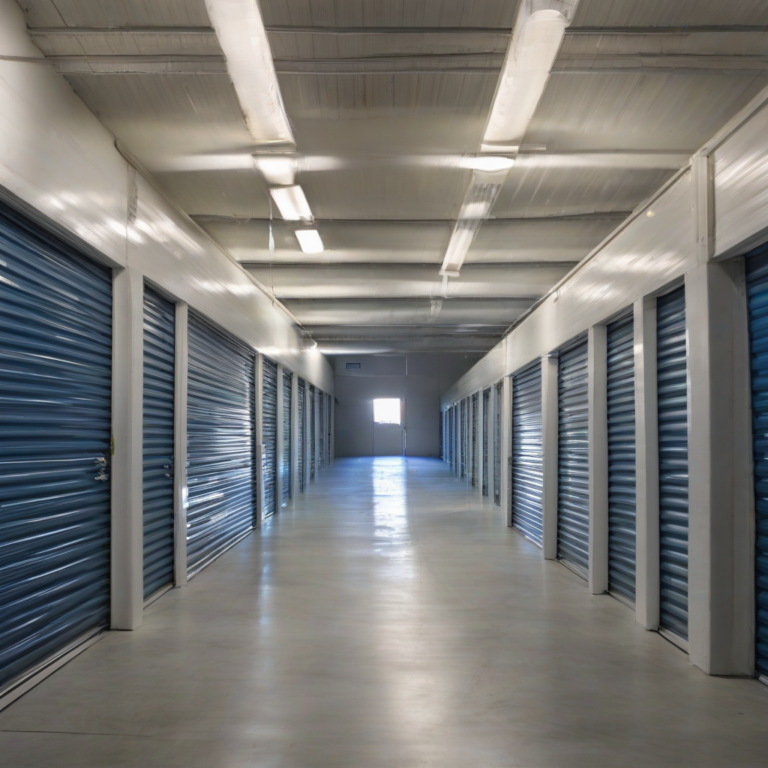Finding the Perfect Storage Unit Near You: A Comprehensive Guide
Finding the Perfect Storage Unit Near You: A Comprehensive Guide
Need extra space? Finding the right storage unit can feel overwhelming, but this guide will walk you through the process, helping you find the perfect solution for your needs.
1. Assessing Your Storage Needs
Before you start searching, take inventory of what you need to store. This will determine the size and type of unit you require.
- Size: Measure the items you’re storing. Consider furniture dimensions, boxes, and other bulky items. Storage unit sizes are typically measured in square feet.
- Type of Items: Are you storing sensitive documents, valuable items, seasonal clothing, or furniture? This will influence your choice of unit features (climate control, security).
- Duration: How long do you need the storage unit? Short-term rentals may be more expensive per month, while long-term contracts often offer discounts.
2. Using Online Search Engines
Start your search with a simple online search: “storage units near me.” Most search engines will provide a map showing nearby facilities, along with reviews and contact information.
- Refine your search: Use specific keywords to narrow your results. For instance, “climate-controlled storage units near me” or “24/7 access storage units near me.”
- Check reviews: Read reviews from past customers to gauge the quality of service, security measures, and cleanliness of the facility.
- Compare prices: Storage unit prices vary significantly. Compare pricing across different facilities and unit sizes before making a decision.
3. Utilizing Storage Unit Comparison Websites
Several websites specialize in comparing storage unit prices and features. These websites can save you time by providing a comprehensive overview of available options in your area.
- Filter options: Utilize the filtering options to narrow your search based on size, price, features, and location.
- Read reviews and ratings: These websites often aggregate reviews from various sources, giving you a holistic view of customer experiences.
- Compare features: Pay attention to features like climate control, security systems (video surveillance, gated access), and accessibility (drive-up units).
4. Visiting Potential Storage Facilities
Once you’ve narrowed down your choices, visiting the potential storage facilities in person is crucial. This allows you to assess the facility’s condition, security measures, and overall atmosphere.
- Inspect the unit: Check for signs of damage, moisture, or pests. Make sure the unit is clean and well-maintained.
- Assess security features: Look for security cameras, gated access, and well-lit areas.
- Ask questions: Don’t hesitate to ask questions about the facility’s policies, insurance options, payment methods, and access hours.
- Check for Accessibility: Consider the accessibility of the facility, including ease of access for loading and unloading your belongings.
5. Understanding the Contract and Fees
Before signing a contract, carefully review all the terms and conditions. Be sure you understand all fees, including the monthly rental rate, administrative fees, and potential late fees.
- Rental agreement: Read the rental agreement thoroughly to ensure you understand the lease terms, including the length of the contract, renewal options, and cancellation policies.
- Fees: Understand all associated fees, such as deposit, monthly rent, late fees, and any additional charges for features like climate control.
- Insurance: Inquire about insurance options. Consider whether you need additional insurance coverage for your stored belongings.
- Payment options: Confirm the accepted payment methods, including whether online payments are available.
6. Choosing the Right Size Unit
Selecting the appropriate unit size is vital to avoid overspending or having insufficient space. Many facilities offer different sizes to accommodate various needs.
- Small units (5×5 to 5×10): Suitable for storing small items, boxes, or seasonal clothing.
- Medium units (10×10 to 10×15): Ideal for storing furniture from one or two rooms, along with boxes and other items.
- Large units (10×20 or larger): Designed for larger items, such as the contents of an entire house or apartment.
- Consider future needs: If you anticipate needing more space in the future, it’s wise to choose a slightly larger unit to accommodate potential growth.
7. Considering Special Features
Various storage facilities offer special features that may be beneficial depending on your needs and budget.
- Climate control: Protects sensitive items from extreme temperatures and humidity.
- Drive-up access: Enables easier loading and unloading of items directly from your vehicle.
- 24/7 access: Provides flexibility to access your belongings at any time of day or night.
- Security features: Look for facilities with robust security measures, such as security cameras, gated access, and on-site management.
- Packing and moving supplies: Some facilities offer packing supplies for sale or rental, adding convenience to the process.
8. Protecting Your Belongings
Proper packing and preparation are essential to protect your belongings during storage.
- Packing materials: Use sturdy boxes, packing paper, bubble wrap, and tape to protect your items.
- Inventory: Create a detailed inventory of your belongings with photos or descriptions. This will help with insurance claims if necessary.
- Labeling: Clearly label all boxes with their contents and the room they belong to.
- Pest control: Use mothballs or other pest deterrents to prevent insect infestation.
- Moisture control: Use desiccant packs to absorb moisture and prevent damage to sensitive items.
9. Reviewing Your Insurance Coverage
Understand your homeowner’s or renter’s insurance policy and whether it covers stored belongings. Additional insurance may be necessary for valuable or sensitive items.
- Homeowner’s or renter’s insurance: Check your existing policy to determine the extent of coverage for stored items.
- Facility insurance: Inquire about the facility’s insurance policy, as well as the facility’s liability for damage or loss.
- Additional insurance: Consider purchasing additional insurance coverage for valuable items or if your existing policy has limitations.
- Documentation: Keep copies of all insurance policies and documentation related to your stored belongings.
10. Considering Long-Term Storage Solutions
For long-term storage needs, careful planning and preparation are crucial. This includes considering the condition of your items and potential maintenance requirements.
- Regular inspections: Periodically inspect your stored items to ensure they are in good condition.
- Climate control: If storing sensitive items, climate-controlled storage is essential.
- Pest control: Take preventative measures to prevent pest infestations.
- Inventory review: Review your inventory periodically to ensure accuracy and to identify any items that may no longer be needed.
